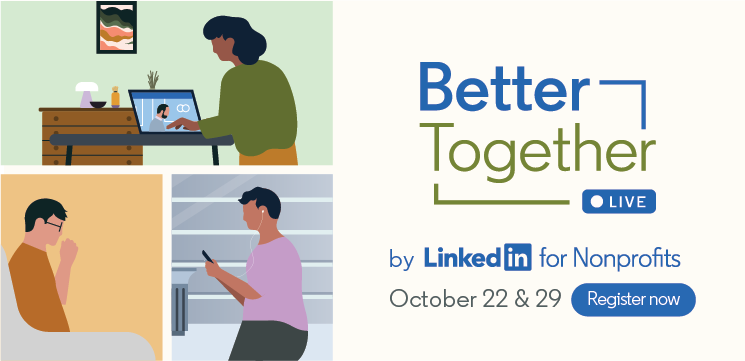
Why the Nonprofit Community Should Collaborate More Often (and How to Do It)
Nonprofits do incredible work supporting their communities and improving lives. But there’s only so much that one organization can do. Whether it’s resource constraints of a lack of expertise in a particular area, eventually, all organizations run up against a wall that forces them to either divert their course—or find a creative way to leap over it.
Collaborating with another nonprofit is one way to overcome challenges and plot a more effective path ahead. Here are a few reasons to consider collaborating with other nonprofits in your network, area, or field—and some different ways to go about it.
It takes a village
Many nonprofits have programs which could work in tandem with one another to drive a mutual goal. For example, if your mission was ending homelessness and you delivered it by helping the homeless to connect with job opportunities, you might form relationships with organizations providing food, emergency shelter, and longer-term housing solutions. That way, you could refer people to your partners and vice versa, allowing you all to support those in need with a more holistic range of services. In some cases, nonprofits can also pool their resources and expertise by combining existing programs or creating new ones together—empowering everyone involved to make an even bigger impact.
Two voices are louder than one
Many nonprofits play a fundamental role in driving change at a legislative level. By identifying other organizations advocating for the same causes and working closely with them, nonprofits can present a unified front that amplifies their shared message, helping to increase public awareness and make the powers that be take notice.
Great minds think differently
Diversity of perspective can lead to greater innovation. When nonprofit leaders from different organizations meet and collaborate—whether through a formal council or think tank, or informal meetings and brainstorming sessions—everyone at the table is able to benefit from the varying perspectives and experiences of their peers. This is a great way to continue bringing new ideas into your organization, even when you’re not hiring.
A problem shared is a problem halved
Collaboration doesn’t always come in the form of a formal partnership. Nonprofits can also support each other by sharing details about strategies that have worked for them—and ones that haven’t.
Chances are, your nonprofit hasn’t been the first to experience a particular roadblock—nor will it be the last. By learning from other organizations that have gone before you, you can find a solution that works must faster. And if you do find that a particular strategy or action proves ineffective or has unintended consequences, being open and transparent about your findings can help other organizations avoid the same challenges.
Introducing a collaborative new community for nonprofits
At LinkedIn for Nonprofits, we’re big believers in the power of collaboration. That’s why we’re excited to announce the launch of our new Facebook and LinkedIn pages, which we hope will become a place for nonprofit leaders from around the globe to connect, discuss ideas, and grow together. We’ll also be sharing resources like exclusive webinars, helpful guides, tips for using LinkedIn solutions, and more.
Follow our pages today, share them with other nonprofit professionals in your network—and let’s collaborate to create a better world.

